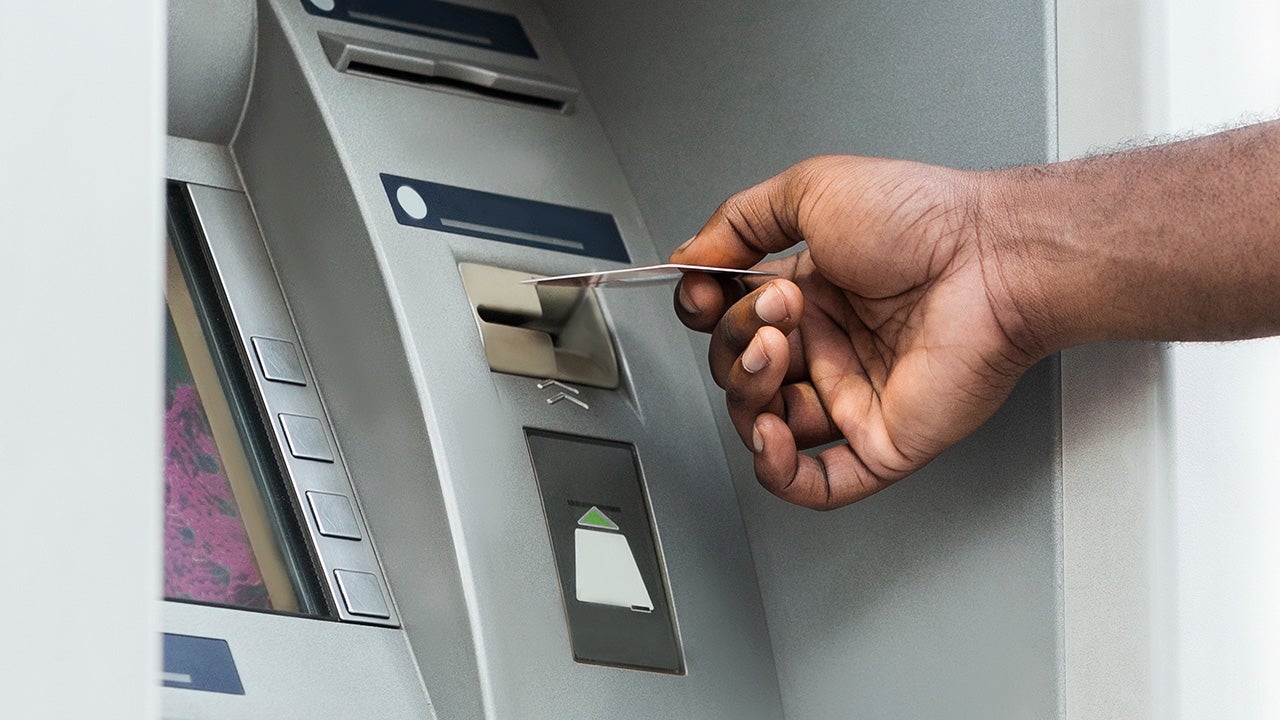Automated Teller Machines (ATMs) have come a long way since their inception, evolving from simple cash dispensers to sophisticated multi-functional hubs that offer a myriad of services. This evolution mirrors the rapid advancement of technology and the changing landscape of banking services. Let’s take a journey through time to explore how ATMs have transformed into the multi-functional hubs we know today.
**1. The Birth of ATMs:
The first ATM made its debut in 1967, thanks to the vision of John Shepherd-Barron. This machine, installed by Barclays Bank in London, could only dispense cash. It was a groundbreaking invention, offering customers the convenience of withdrawing money beyond banking hours.
**2. Introduction of Card-Based Transactions:
In the 1970s and 1980s, ATMs started accepting plastic cards, usually encoded with magnetic stripes. This innovation allowed customers to perform transactions beyond cash withdrawals, including balance inquiries and account transfers.
**3. Network Expansion:
The 1990s saw the expansion of ATM networks. Financial institutions collaborated to create interbank networks, enabling customers to use ATMs from different banks, significantly enhancing convenience and accessibility.
**4. Internet and Mobile Integration:
With the rise of the internet and mobile technology in the late 20th century, ATMs began integrating with these platforms. Internet banking allowed customers to pre-set transactions online, and mobile integration enabled cardless transactions through mobile apps.
**5. Enhanced Security Measures:
As technology advanced, so did security measures. Biometric authentication, including fingerprint and iris scans, added an extra layer of security to ATM transactions. Enhanced encryption techniques were also employed to protect customer data.
**6. Multi-Functional ATMs:
Modern ATMs have evolved into multi-functional hubs that offer a wide array of services. Apart from cash withdrawals and deposits, these ATMs allow users to pay bills, transfer funds between accounts, buy prepaid phone credits, and even purchase event tickets. Some ATMs even offer currency exchange services, making them valuable tools for travelers.
**7. Contactless Technology:
The advent of contactless technology has further transformed ATMs. Near Field Communication (NFC) technology allows users to perform transactions without physically inserting their cards. Mobile wallets, such as Apple Pay and Google Pay, can now be linked directly to ATMs, providing seamless, secure transactions.
**8. ATMs in the Digital Age:
In the digital age, ATMs have seamlessly integrated into the online banking ecosystem. Customers can now initiate ATM transactions through banking apps, specifying the amount they need before arriving at the ATM. This reduces the time spent at the machine and enhances overall efficiency.
Conclusion:
The evolution of ATMs from simple cash dispensers to multi-functional hubs mirrors the rapid advancements in technology and the changing needs of consumers. These ubiquitous machines have become an integral part of modern banking, offering unparalleled convenience and a wide range of services. As technology continues to progress, we can expect ATMs to become even more sophisticated, further enriching the banking experience for customers worldwide.



